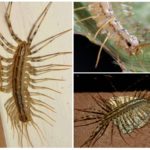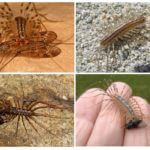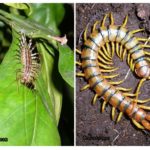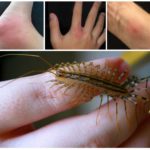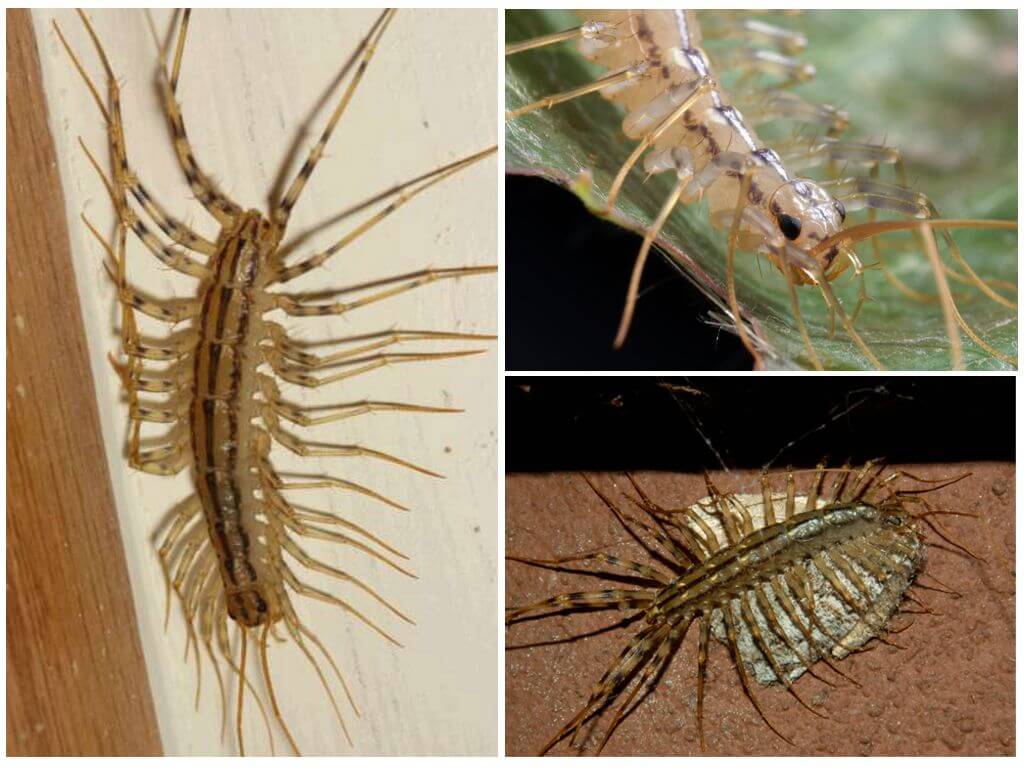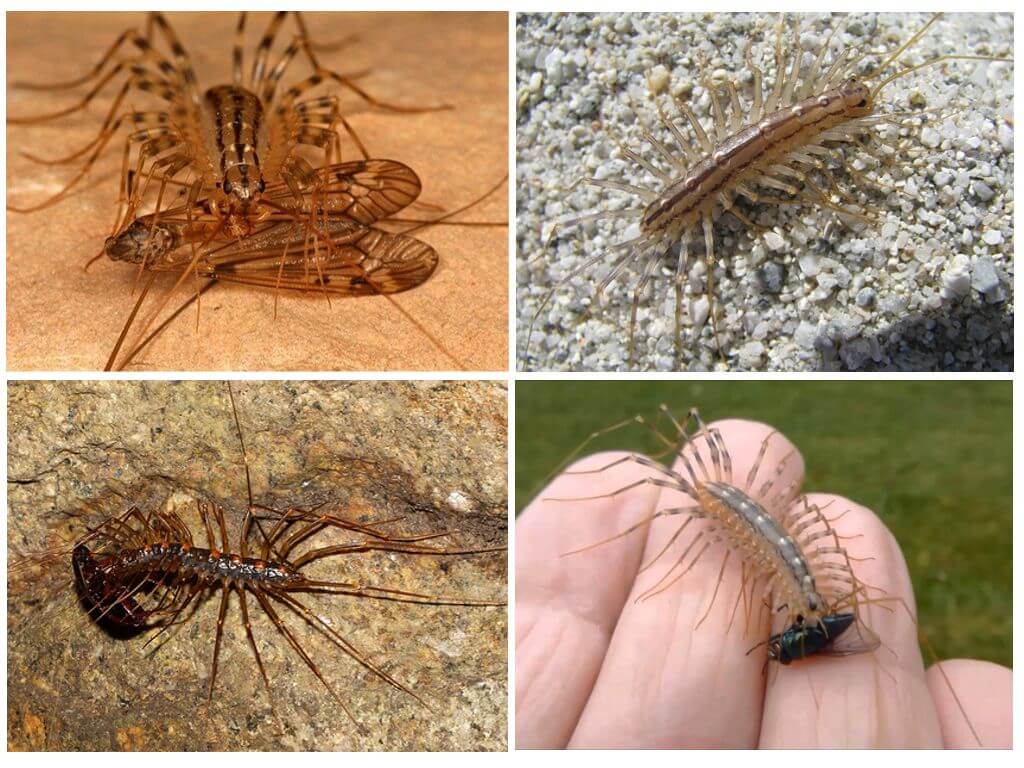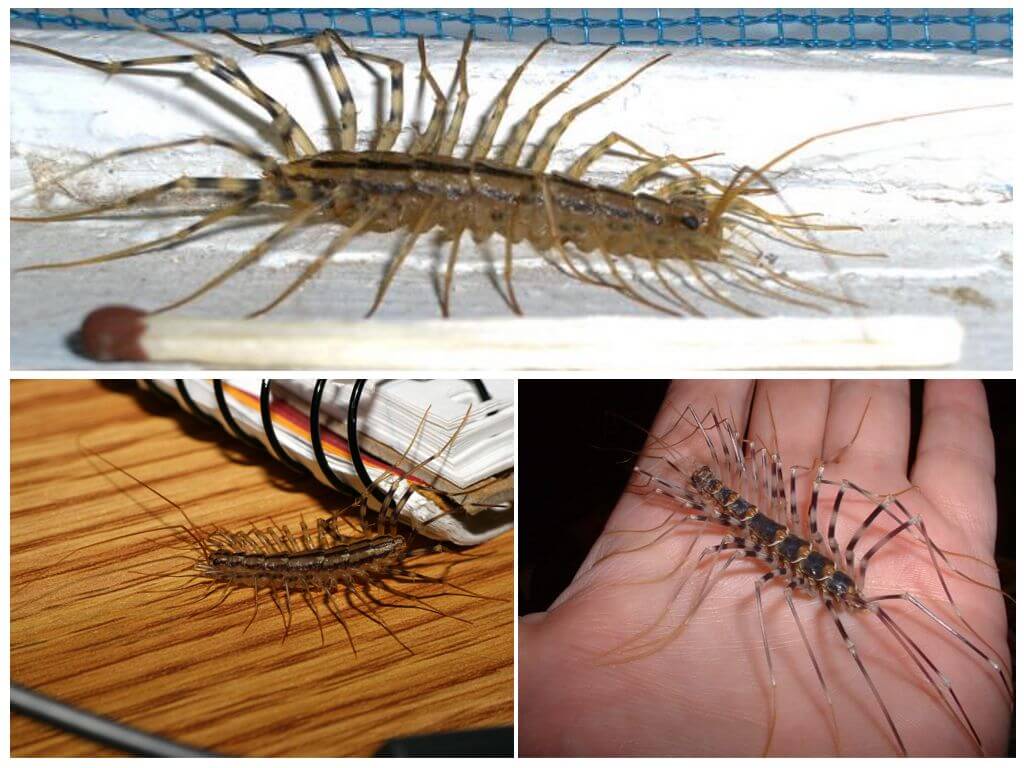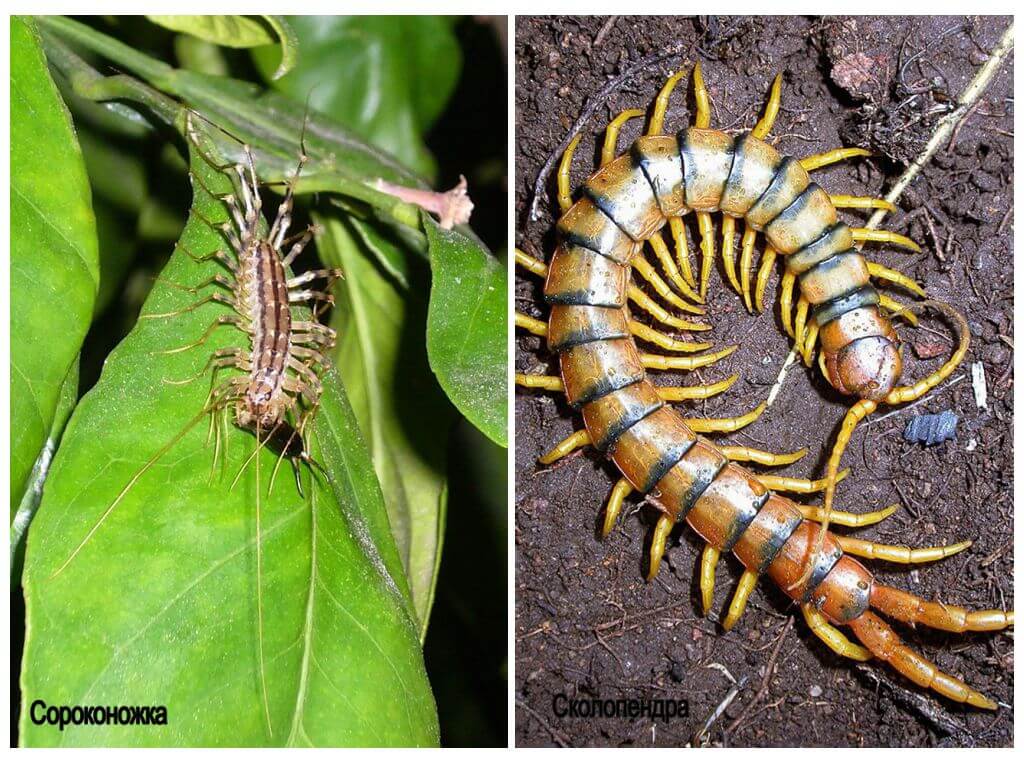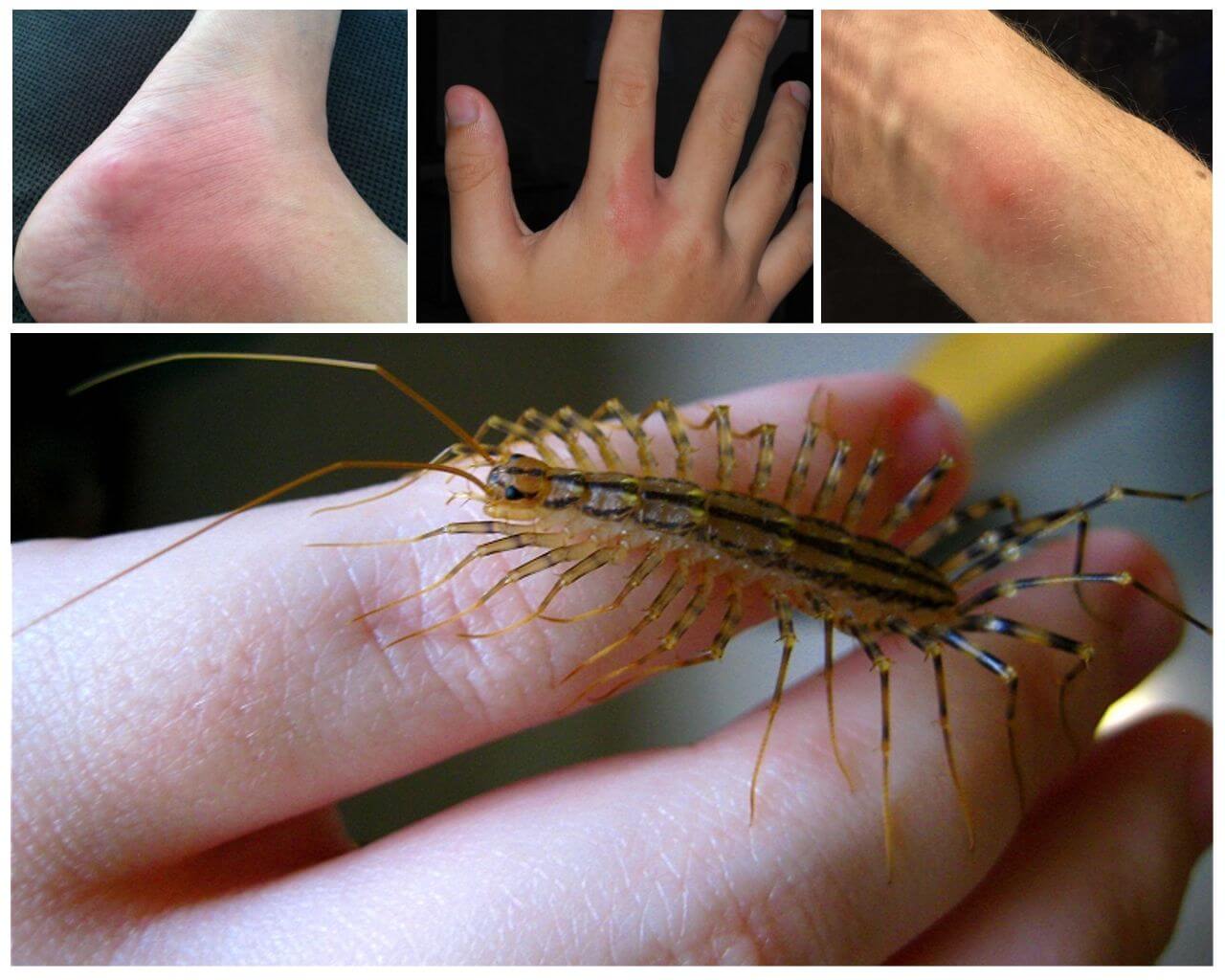Flycatcher ordinary or home centipede
Content
- Flycatcher common
- Nutrition centipedes
- Centipede in the house
- Centipede and Scolopendra
- Centipede bite
The house centipede looks completely unattractive, besides, it quickly runs and bites, that's why many people are afraid of it. Whether there is a danger from her being bitten to a person’s life and whether it should be dealt with, - the answers to these questions will interest any homeowner.
Who is the centipede
The biological name of this creature is the common flycatcher or home centipede. According to the classification, the centipede is not an insect, but belongs to the group of arthropods of the same name class and tracheal type. In nature, there are thousands of species of millipedes. Their habitat is wet and dark places: foliage, shelter under bark and stones, etc.
The centipedes go hunting at night, and during the day they hide. The body of an adult centipede is divided into 15 segments, each of which has legs. Their sizes along the body are different: closer to the tail, the legs become longer, which allows them not to get confused while moving.
Outwardly, it is difficult to determine where her head, and where the back. In addition, the front pair of legs evolved and evolved into the maxilla, designed to capture prey.
The flycatcher has a chitinous cover and a flattened body. Small hairs are located over the entire surface of the body, which is why some people call them hairy centipedes. The average length is 3-4 cm, occasionally there are also larger individuals up to 6 cm.
Interesting!
The speed of movement of the domestic flycatcher can reach 40-60 cm per second, such a fast-running creature often frightens ignorant and nervous people.They can move on both horizontal and vertical surfaces: on the floor, walls or ceiling. Number of limbs depends on the type of centipede and can reach 354 pieces.
As can be seen from the description and photos of the centipede, on her head are located:
- faceted eyes that see perfectly;
- long whiskers, catchers, resembling a whip; with their help, all environmental changes are monitored;
- whiskers consist of 500-600 segments and react to temperature changes, help to explore and navigate in space, to find safe places.
The color of an adult individual is gray-yellow, brown, and there are 3 purple or black stripes on the back. In the cold season, the flycatchers crawl into secluded corners and freeze to “wake up” in the spring and return to active life again.
Nutrition and reproduction
The usual centipede is a carnivorous predator that preys on pests: flies, ants , cockroaches, a flea, bed bugs. In nature, large individuals also feed on small lizards, frogs, spiders, and worms.
When attacking, she uses her front mandibles, which are connected to the poisonous glands. Having bitten the victim, the flycatcher paralyzes it and gradually eats it.Having caught several insects at once, the domestic flycatcher eats them alternately, holding the rest with numerous legs.
Interesting!
The centipede secreted toxins have a strong odor that discourages other predators. Therefore, even after killing the flycatcher, not every animal will want to eat it.
Centipedes reproduce in a very original way. At a suitable period, the males, when meeting with the female, lay a lemon-shaped spermatophore, then push the female towards it, which picks it up with its appendages. Then the female lays 50-60 eggs protected by a special sticky composition in a prepared hole. After that, the mother flycatcher sits with her whole body on the clutch and is waiting for the maturation of her offspring. Hatching eggs lasts for several weeks, and all this time the female does not move away from the nest, almost starving.
The hatching babies are white or transparent in color and have 4 pairs of legs, their number will subsequently increase to 15 after each regular molt, when the arthropods drop the old chitinous shell and acquire a new one. Life expectancy is 3-7 years.
Important!
For humans, the poison of the centipede is not dangerous.The only exceptions are those who have a tendency to allergic reactions to insect bites. They may have a bit of a swelling bite, a fever. No infections centipedes can not tolerate.
The homeland of these arthropods is the Northern regions of Africa, the Middle East, and the south of Europe. The world counts several hundred species of centipedes, many of which have not yet been studied by biologists. In the territory of the CIS, insects similar to centipedes can be found in the southern regions of Russia, in the Caucasus, in the Crimea, and Kazakhstan.
How centipedes get into the apartment
Brown centipedes come to houses and apartments in search of food or with the arrival of the cold season. If the food in the form of insects is enough indoors, then they can live for a long time. Most often they can be found in the basements of private houses, in basements or underground floors of high-rise buildings. They prefer to hunt in the dark, but can be active during the day.
Factors attracting domestic flycatchers to a house or apartment:
- high humidity and dampness;
- defective or leaking water pipes;
- many small insects in the room;
- bad light.
The most favorable places for the settlement of all varieties of domestic flycatchers: basements, bathroom and toilet room, underground.
The benefits and harm of the flycatchers
Knowing what a centipede looks like and seeing it in your apartment, in a country house or in a private house, you should not be afraid and immediately seek to destroy it. The creature doesn’t do any harm to the wallpaper, clothes, furniture or products in the kitchen. It will never attack a person for no reason. However, few owners will agree to live next to such ugly and nimble neighbors, therefore, try to get rid of.
If domesticated flycatchers are bred on the territory of the backyard plot or on the beds, then there is no need to fight them at all, because there they will benefit by regularly destroying garden pests and their larvae.
On a note!
The most poisonous centipedes are skolopendra, belonging to the same class of arthropods, they live only in the southern regions of Russia, as well as in tropical countries. The larger its size, the more toxic the bite and its negative effects will be.
Found in nature and big centipedes and Scolopendra size up to 20 cm, but they live in Asia, America and others, preferring a warm tropical climate.
Symptoms of intoxication after a bite of the centipede (photo below):
- severe pain at the site of the bite, itching and burning;
- swelling and redness of the skin;
- swollen lymph nodes;
- headache, palpitations, nausea and vomiting, anxiety.
If such signs appear, it is necessary to treat the wound with a disinfectant and take antihistamines.
Fighting centipedes in the house
It is best of all to fight preventive methods against home flycatchers living in the house. Considering her favorite habitats and knowing what centipedes feed on, you can spend creating all the conditions so that they are uncomfortable in the house:
- in apartments the number of such arthropods is minimal, so it will be enough to kill a few of them, which will help their removal;
- repair the water pipes in the office premises, dry and thoroughly clean storerooms, basements, etc.
- remove all pests from the house, i.e. get rid of the prey available for domestic flycatchers;
- block access paths to arthropods, repairing all cracks in windows, doors, along plinths and foundations, put a net in ventilation;
- repair wooden floors, remove cracks where homemade flycatchers like to settle, cover them with varnish or mastic, the smell of which is unbearable for them;
- Do not allow the presence of water or high humidity in pots and pallets of indoor plants, where centipedes like to get comfortable.
Adhesive tapes, which are used against flies and other insects, can not catch domestic centipedes, since sticking to it with their paws, it will simply run away without a torn limb. Subsequently, a new leg will grow in the flycatcher. Food baits do not affect them either, because they don’t eat any food other than insects killed by them.
If no measures help to get rid of unpleasant arthropod neighbors, then you can use insecticidal aerosols intended for domestic parasites.

